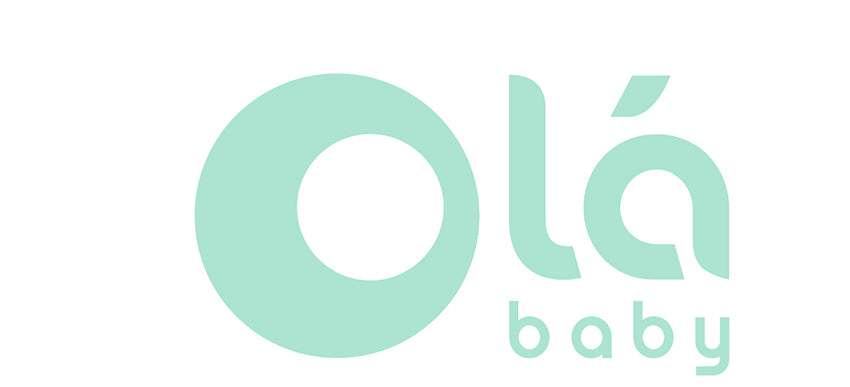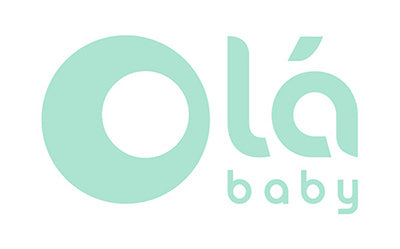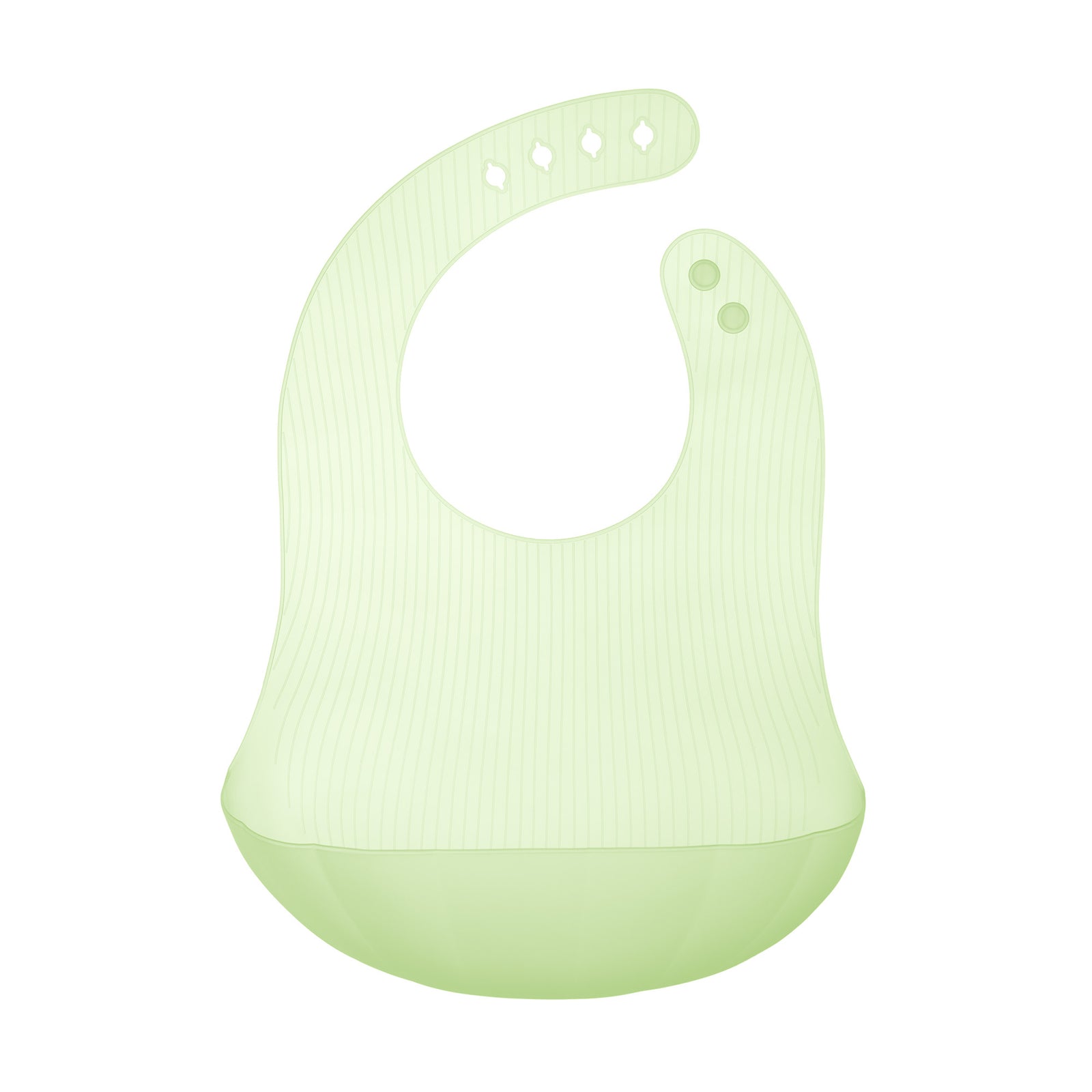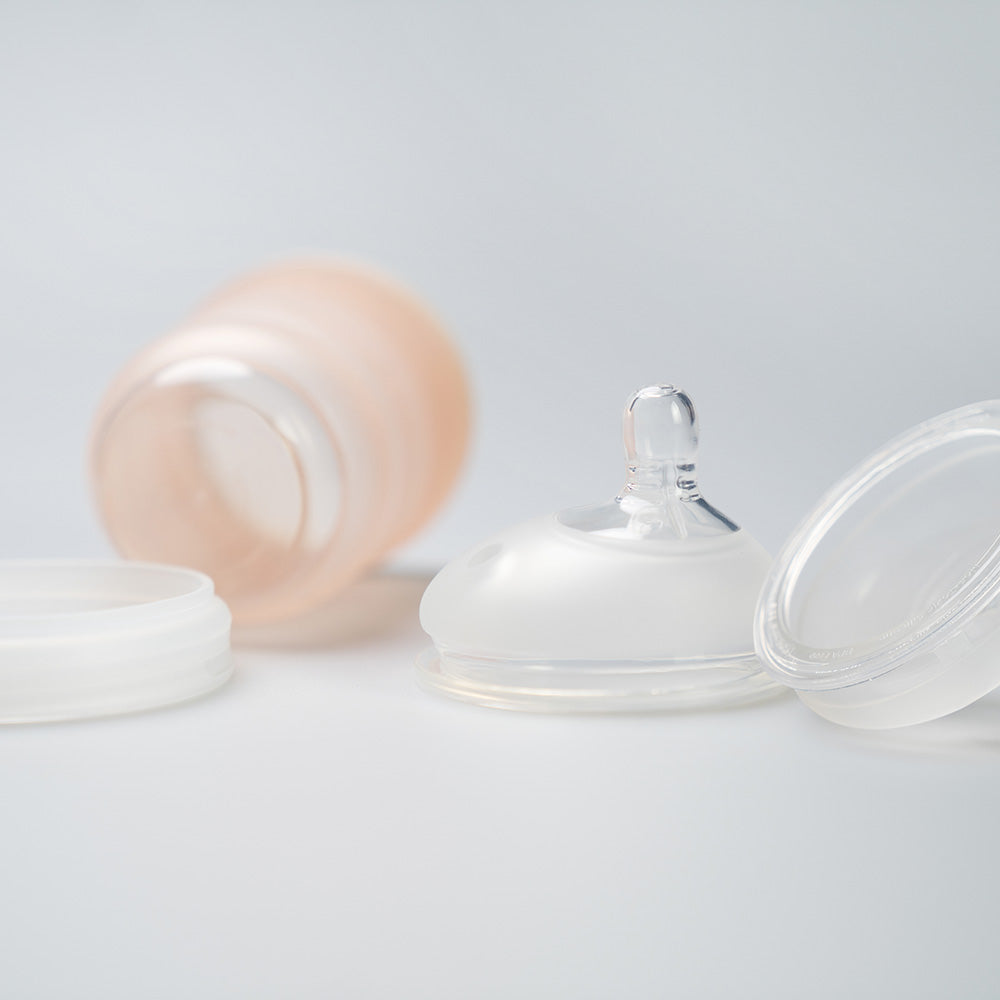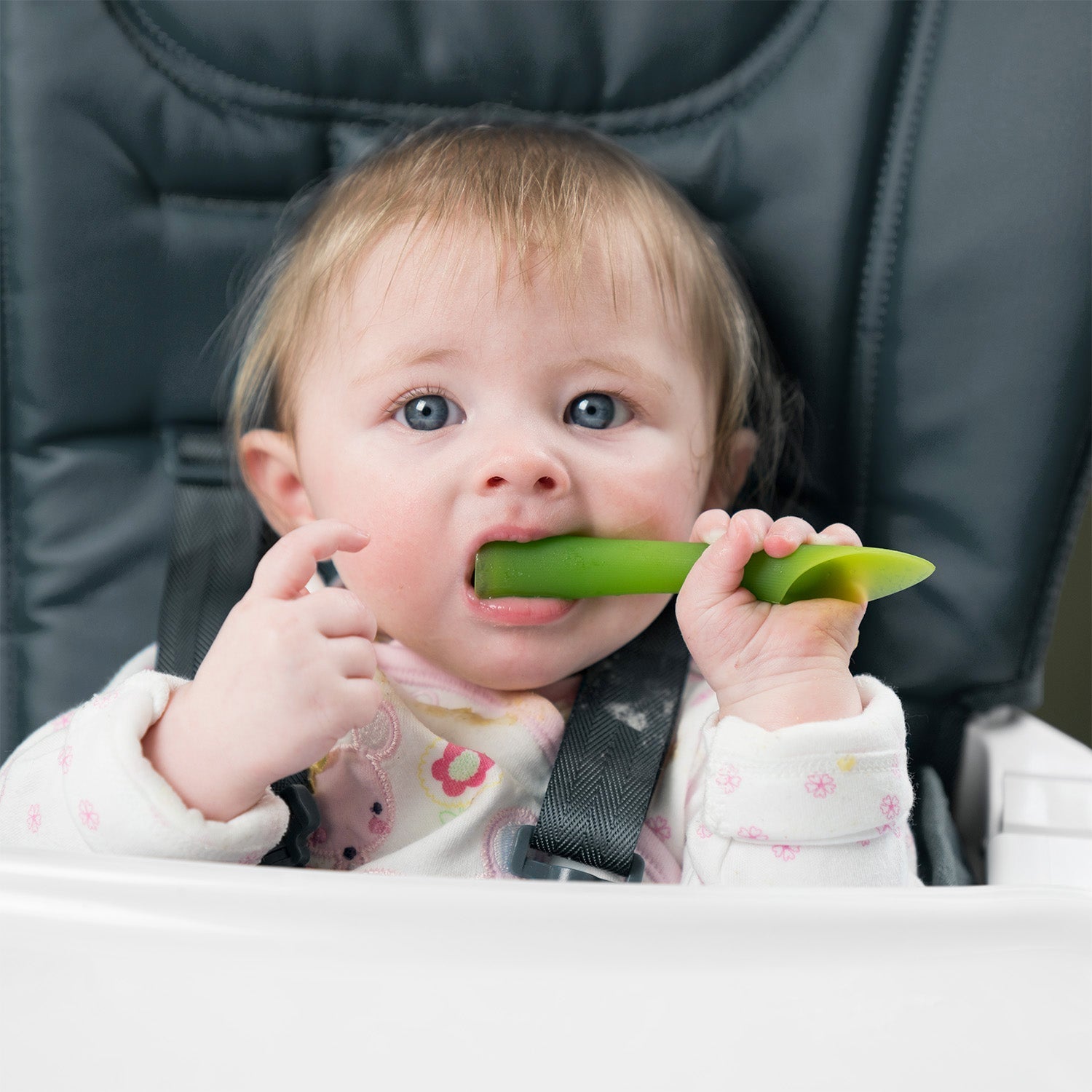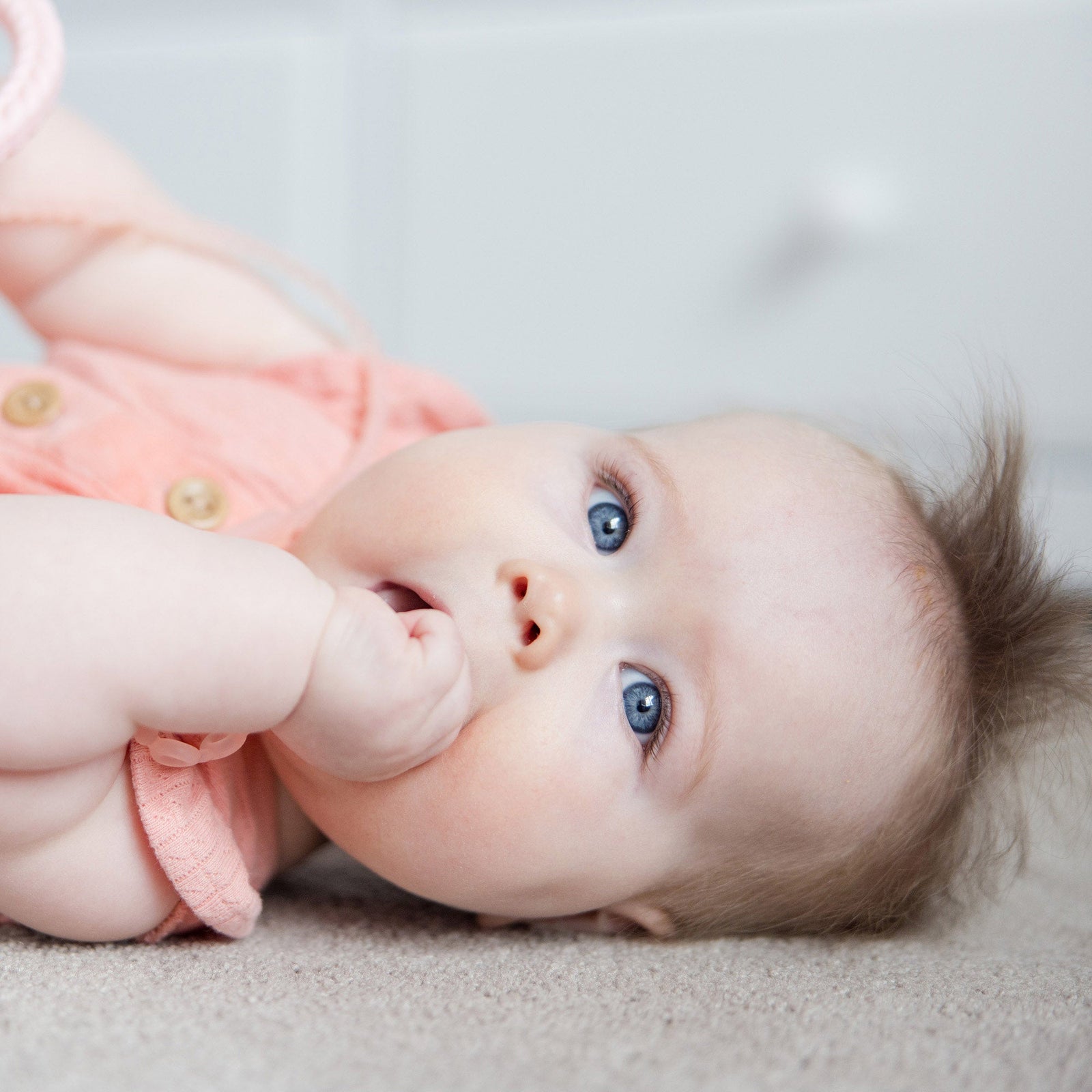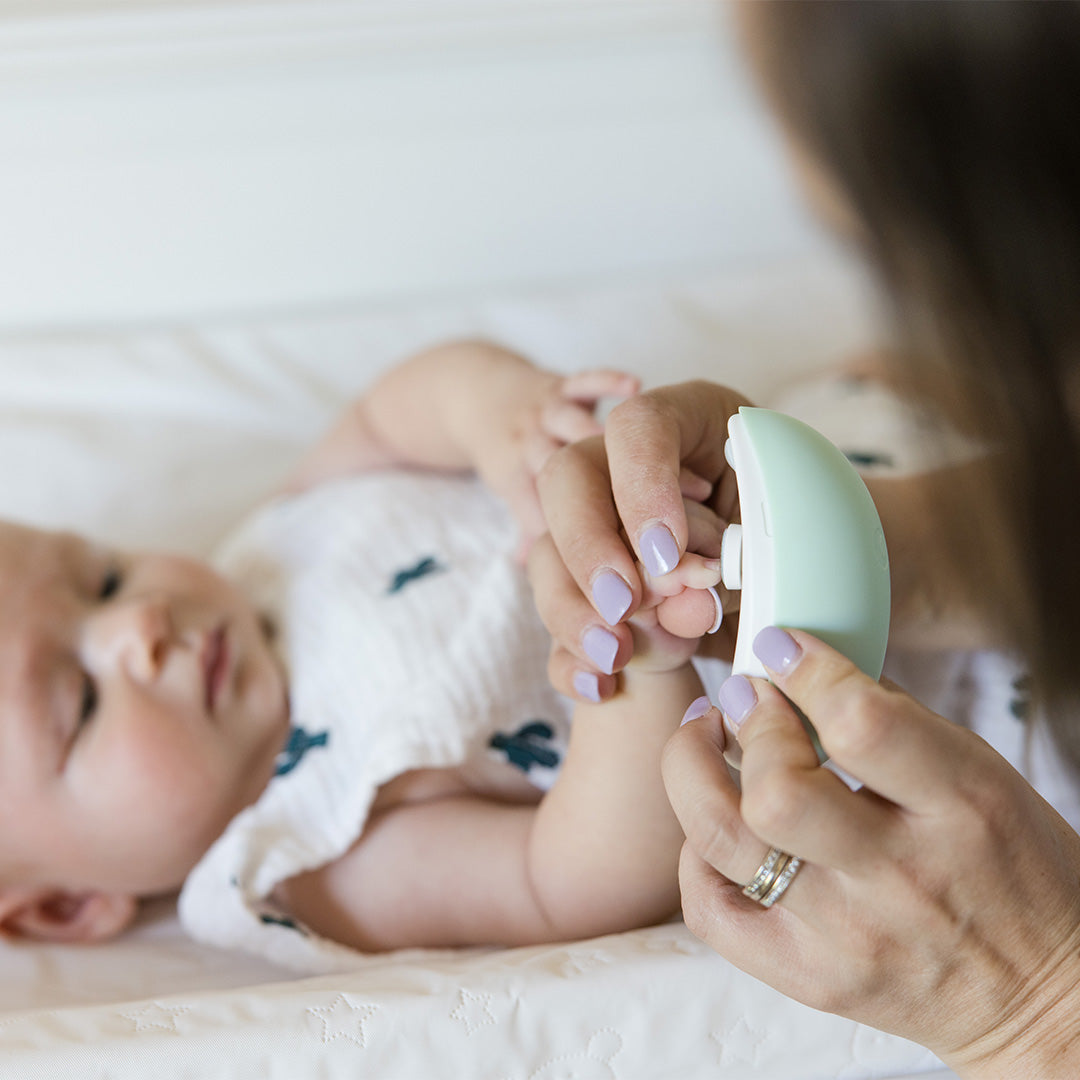The answer may surprise you! Since bottles and bottle nipples are used, cleaned and sanitized almost daily, you can expect to observe some wear and tear sooner than you may think. Deterioration of the nipple or bottle can result in concerns with both safety and function. Because bottles and nipples can be essential for daily feeding and nourishment, it’s important that parents and caregivers are routinely monitoring their conditions to ensure hygiene and safety.
What to look for
According to The Health Site, bottles and bottle parts should be regularly checked for signs of cracking, scratches, leaking and discoloration. Bottle nipples should be checked for breaks, tears, discoloration, swelling and thinning. A thinning or over stretched nipple opening will have a forceful (rather than controlled drops) flow when turned over. Breaks or tears can lead to choking hazards. Baby center notes that germs and mold can survive in parts of the nipples or bottles that are damaged even after being sterilized, which can be compromising to a baby’s health. Try to monitor conditions each time you clean the bottle or bottle parts. It’s best to discard them and replace with new ones if you notice any potential hazards.
When should bottles & bottle nipples be replaced?
The Health Site suggests that if you are regularly monitoring your bottles for wear but they happen to be in good condition, a general rule is to replace nipples every 2 months on average. Nipples need to be replaced more often because silicone or latex materials are more prone to damage from feeding, cleaning and sterilization processes. It is recommended that bottles be replaced every 4-6 months. Glass bottles may not need to be replaced as frequently if they’re in good condition.
Bottle care
Proper maintenance and care can increase the safety and longevity of your bottles. According to the CDC, bottles and bottle pieces should be taken apart and cleaned thoroughly after each feeding. If you are using a dishwasher, be sure to rinse bottles prior to placing them in the dishwasher. If you prefer to hand wash, be sure to clean bottles & parts by rising with soap and water. Avoid soaking bottles or leaving them in the sink since this can cause mold or bacteria to form. Air-drying is recommended in order to prevent germs and mold from breeding. Once bottles are dry it’s best to store them in a safe space like a cabinet. Eventually it will be necessary to replace your bottles & parts even if you’ve been careful. Be sure to check the website of the bottle company before buying a completely new set. Some bottle companies have replacement kits available on their website so that you can easily replace bottles, bottle parts or nipples instead of buying an entirely new set.
Written by Christine Pollack, OTR/L
References
Cdc.gov. 2020. How To Clean, Sanitize, And Store Infant Feeding Items | Healthy Childcare | Hygiene | Healthy Water | CDC. [online] Available at: <https://www.cdc.gov/healthywater/hygiene/healthychildcare/infantfeeding/cleansanitize.html> [Accessed 20 December 2020].
Arora, D., 2020. How Often Should You Replace Your Baby’S Feeding Bottle? | Thehealthsite.Com. [online] Thehealthsite.com. Available at: <https://www.thehealthsite.com/parenting/how-often-should-you-replace-your-babys-feeding-bottle-d0116-361453/> [Accessed 20 December 2020].
BabyCenter. 2020. Bottle-Feeding: When To Replace Nipples And Bottles | Babycenter. [online] Available at: <https://www.babycenter.com/baby/breastfeeding/bottle-feeding-when-to-replace-nipples-and-bottles_1129505> [Accessed 28 December 2020].
BabyCenter India. 2020. My Baby's Bottle, Nipple And Sipper Have Mould. Is It Safe To Use Them Once Cleaned?. [online] Available at: <https://www.babycenter.in/x1050506/my-babys-bottle-nipple-and-sipper-have-mould-is-it-safe-to-use-them-once-cleaned> [Accessed 20 December 2020].
